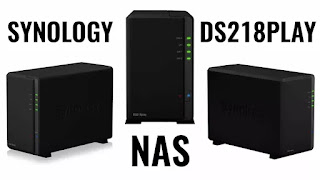Why Is There a Big Gap Between AdSense Earnings and Blogger Traffic?
One of the most confusing experiences for new bloggers using AdSense is realizing that actual earnings are far lower than expected, even when traffic appears high in Blogger stats. Blogger may show thousands of views, but AdSense shows only a few hundred impressions. What's going on?
In this post, we’ll examine the differences between Blogger traffic stats and AdSense analytics, explore why these numbers often diverge, and share practical insights for monetization.
What Does Blogger Count as Traffic?
Blogger's native traffic tracker is very simple. It registers a page view as soon as a request is made to the server, without determining whether the visitor is human, a bot, or using an ad blocker.
For instance, visits by Googlebot, Naverbot, or Chinese web crawlers are all included in your view count. This means Blogger stats can include non-human or low-quality traffic that has no bearing on your actual earnings.
How Is AdSense Different?
AdSense calculates revenue based on ad impressions and clicks. A visitor must fully load the ad, have it visibly displayed, and possibly engage with it for it to count.
Just visiting your blog doesn’t generate income. If the user has an ad blocker, leaves the page quickly, or the ad script loads too slowly, no impression is recorded.
5 Common Reasons for the Stats Mismatch
- 1. Bot/Crawler Traffic: Blogger includes it; AdSense does not.
- 2. Ad Blockers: If ads are blocked, no revenue is tracked.
- 3. Slow Loading: Users may leave before ads fully load.
- 4. Ads Below the Fold: If users don’t scroll down, ads go unseen.
- 5. Invalid Click Filtering: AdSense excludes suspicious or invalid traffic.
Especially when ads are placed only at the bottom of posts or if your blog uses a slow theme, impression rates can drop significantly.
Ad Placement Optimization Strategies
To increase earnings, you need a strategic approach to ad unit placement. Position ads where they naturally catch attention: within the introduction, between key sections, or just above the comment section. Also, give ad units meaningful names so you can analyze performance through A/B testing.
Conclusion: Don’t Trust View Counts Alone
High traffic doesn’t guarantee high earnings. You must consider ad visibility, user behavior, and ad-blocking factors when interpreting your blog’s performance.
Blogger’s stats are helpful, but they don’t reflect real revenue potential. Focus on AdSense's clean and validated traffic for an accurate view of your monetization health.
Recommended Combinations
- Connect with Google Analytics and Search Console to track real users.
- Name ad units strategically to monitor performance.
- Test fixed vs responsive ad formats to find the best mix.
- Improve site speed to maximize ad load and visibility.
Running a blog is more than just writing posts. It’s about interpreting the data behind your traffic and optimizing for revenue. I hope this guide helps you better understand the gap between your stats and your earnings.



